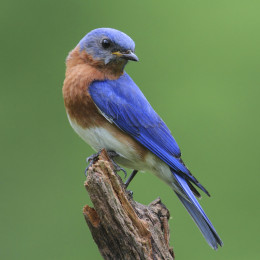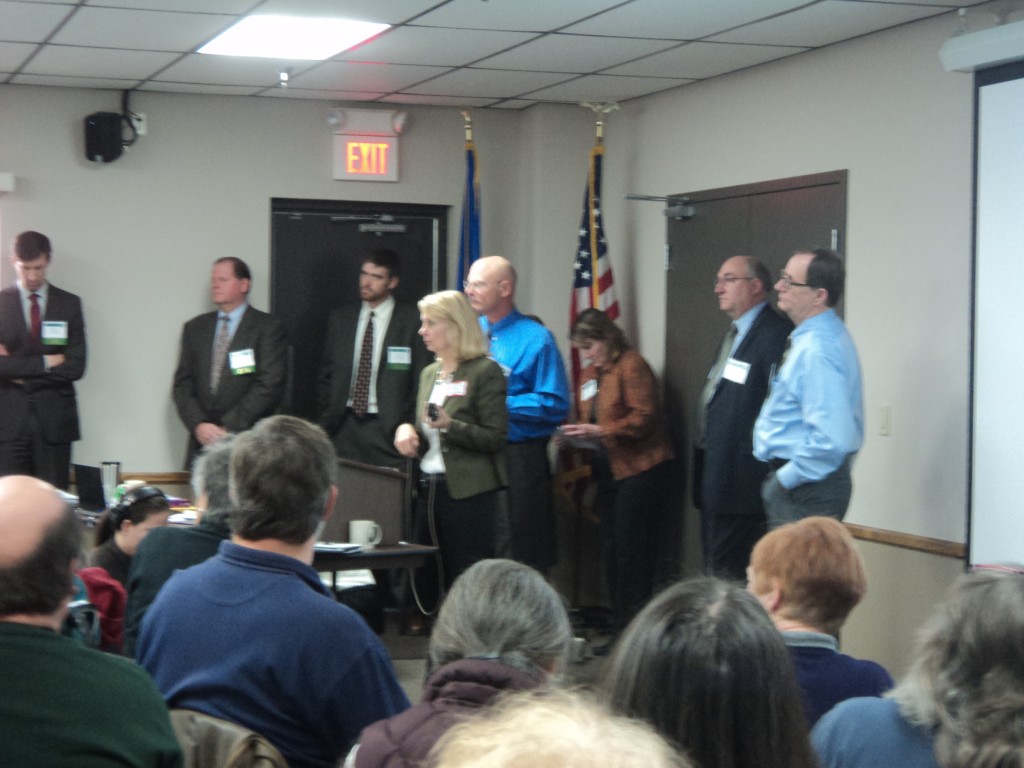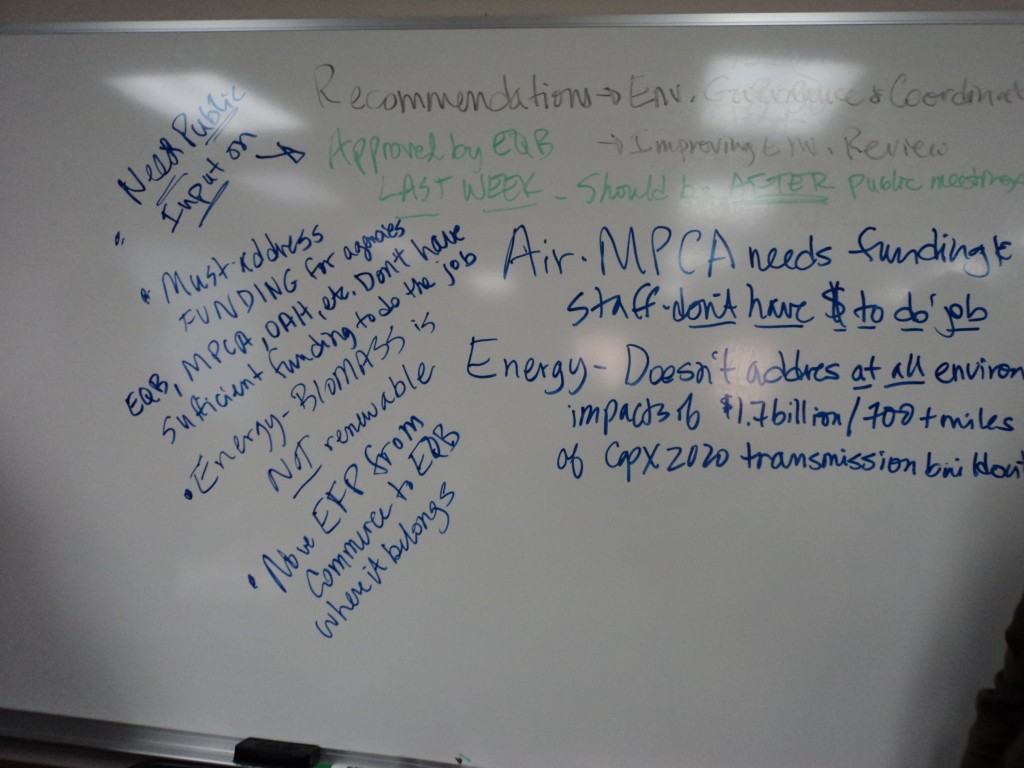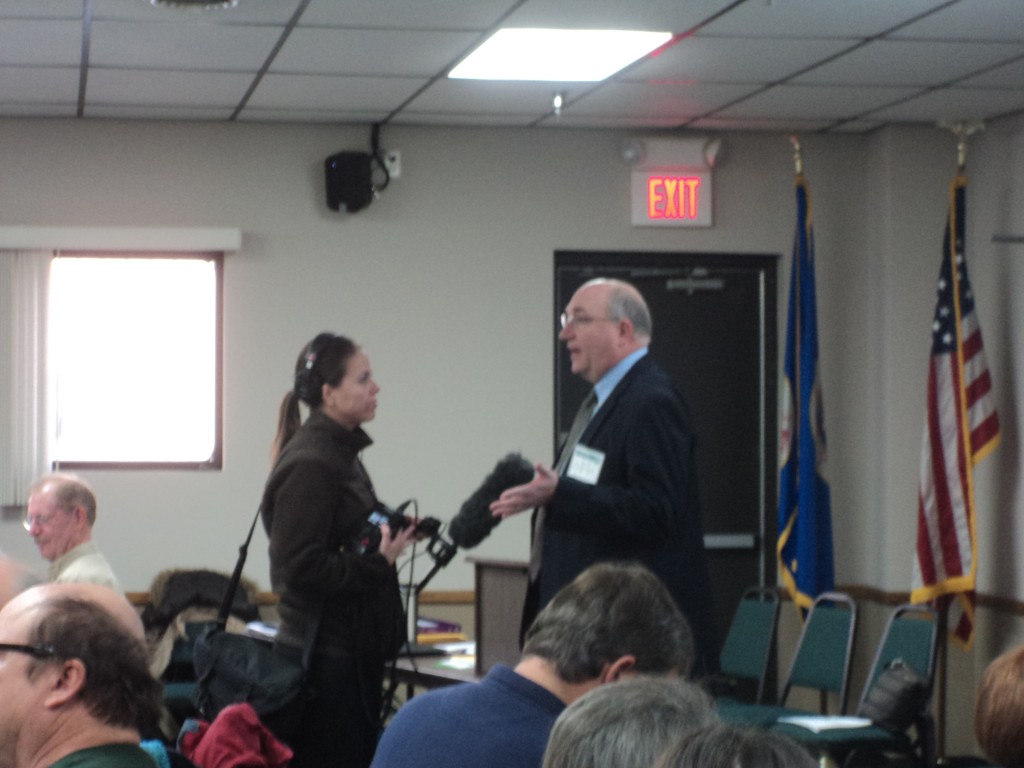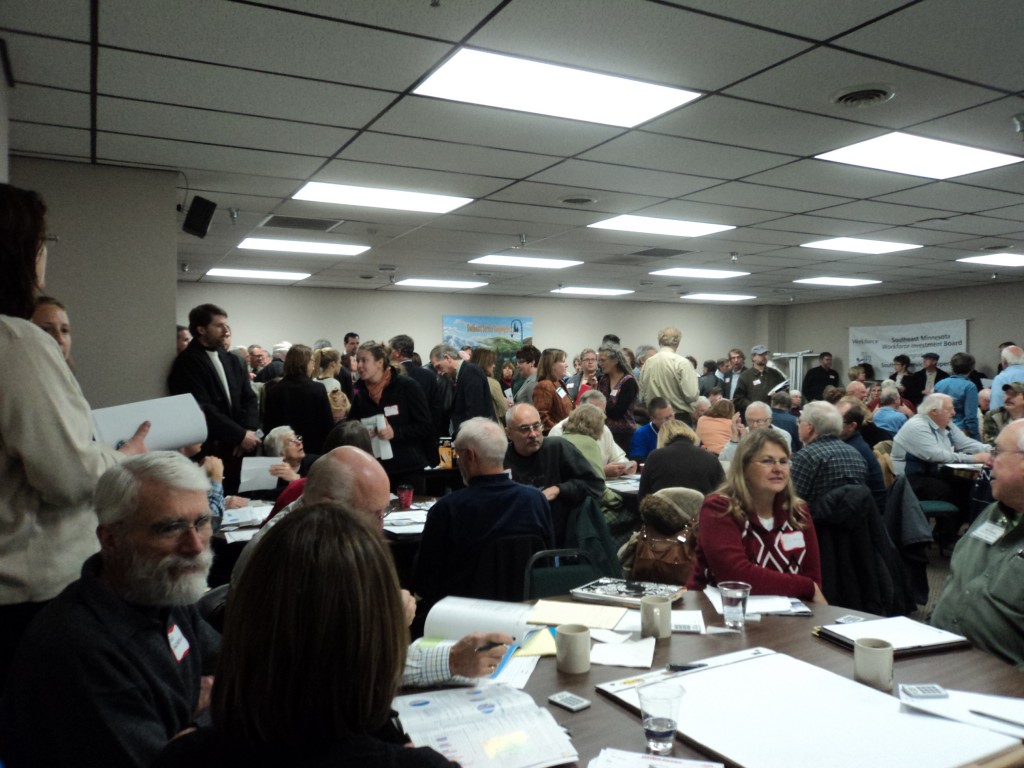The rulemaking process — nothing changes…
September 13th, 2015
Many thanks to the “little birdie” who brought this decades old report to my attention:
Yes, this is a report from the Minnesota Legislative Auditor from 1993, and if you read it, you’ll see little has changed is so many years… The issues raised are issues we’ve been raising in the Public Utilities Commission rulemaking for Minn. R. Ch. 7849 and 7850 (Certificate of Need and Siting/Routing). AAAAAAAAAAAACK!
For example, from the Summary:
For example, in the PUC Rulemaking for 7849 and 7850 (PUC Docket 12-1246), it’s been an over two-year-long process, and few are showing up anymore. We weigh in, some things are taken into account in the drafts, and then that disappears from the next draft. How can it feel like anything but a colossal waste of time? Yet if we weren’t there, the utilities would get everything they want. And as with the utility Certificate of Need and Siting/Routing processes, rulemaking has the same notice and public participation problems. It’s all the same, deja vu all over again.
… and also from the report …
Does this sound familiar?
So what is the bottom line of this report?
Also, we recommend the following additional changes to the Administrative Procedure Act:
… and …
In addition to changing the APA and other statutes that govern agency rulemaking, we recommend that:
DNR Rulemaking on Endangered species
January 28th, 2013
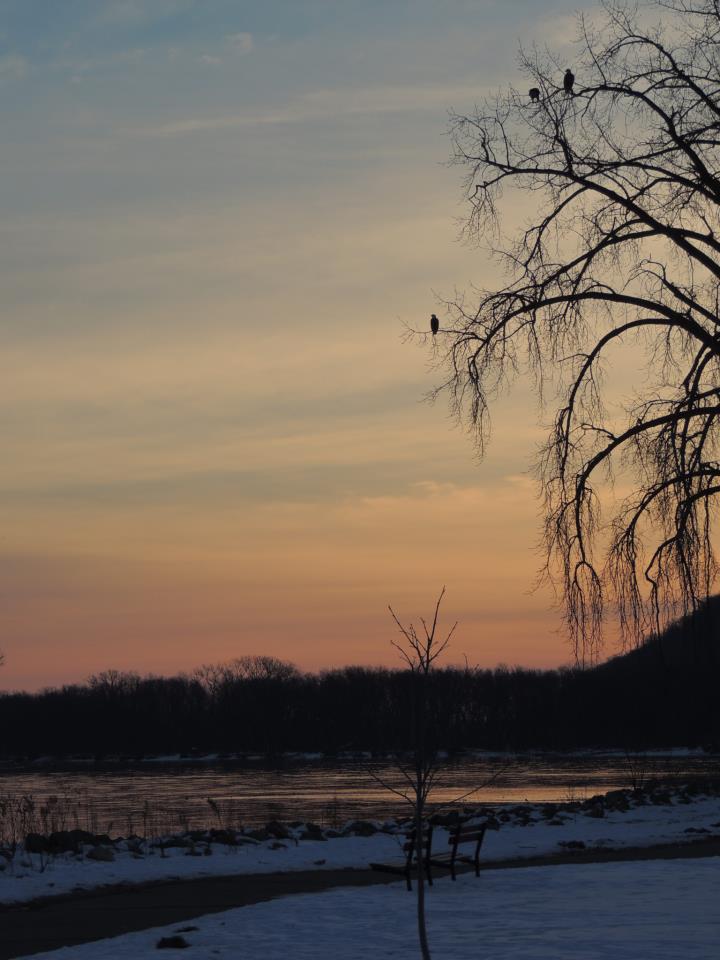 Photo from Red Wing Visitor and Convention Bureau – for more, go HERE!
Photo from Red Wing Visitor and Convention Bureau – for more, go HERE!
Beginning TOMORROW, the DNR is hosting a series of hearing on rulemaking to amend Rules Relating to Engangered, Threatened, and Special Concern Species, Minn. R. 6134.0170, 6134.0200, 6134.0300, and 6134.0400.
One by one, the rules at issue per the DNR:
Minn. R. 6134.0170 (DOES NOT EXIST?!?!)
The hearings are beginning tomorrow evening in Rochester:
Yes, bald eagles are on this list, as are loggerhead shrike and trumpeter swans, all at issue in the Goodhue Wind project. It seems to me that Golden Eagles ought to be acknowledged and added, they’ve been sighted in the area as well, and no take permits are allowed by USFWS.
CLICK HERE for some comments they received recently.
Dayton’s “Environmental Review”
December 1st, 2012
Gov. Mark Dayton rolled out the plan early in his term — GUT environmental review and protection. What do Minnesotans think? This week we got a chance to tell him.
Surprise! The first meeting about the state’s environmental review was standing room only, when we got there a line started at the door going back and winding in. They’d supposedly expected 30-40 but got about 200, 175 signed in and I’d bet quite a few didn’t. Keep in mind that this was a meeting held at 9:30 a.m. on a weekday. Suzanne found a spot with just enough room for us to stand. As it was getting started, I noticed, DUH, that there was a white board behind me, so because there was no designated way to make comments other than holler, well, of course I did that too, particularly regarding FUNDING, because there was no mention of funding and how all the agencies are hurting to the point of being unable to regulate, anyway, a few of my comments (click photo for larger view):
There were meetings this week, and there are more the week of December 10 — SHOW UP AND LET THEM KNOW WHAT YOU THINK ABOUT THE STATE’S JOB ON ENVIRONMENTAL REVIEW:
December 10 – Worthington, Worthington High School 3:30pm – 6:00pm
December 12 – St. Cloud, Stearns County Service Center 5:30pm – 8:00pm
December 14 – Moorhead, Minnesota State University 3:00pm – 5:30pm
I’ve posted before about Gov. Dayton’s brown environmental initiatives — right off the bat he muzzled and prodded MPCA and DNR to ram permits through:
And then he announced plans to “streamline” environmental review, and we all know what “streamline” means”
So at these meetings ostensibly about “environmental review” we were funneled into a “multiple guess” exercise about the “Environmental Report Card” and nothing about “Improvement of Environmental Review” or “EQB Governance and Coordination” which were reports that, in addition to the “Environmental Report Card” were approved by the EQB on November 14, 2012. There was a “comment” opportunity at the EQB, but there were maybe 5 people who commented, utterly ineffective solicitation.
EARTH TO MARS! With the EQB approving those reports November 14, BEFORE the public meetings, there was pretty much ZERO input into those reports. Although it’s heartening to see that there’s been some pull-back from the overt gutting of the EQB laid out in the draft report, and maybe, MAYBE, pull back from reframing the whole intent of environmental review, it’s a problem where the fix is in and where the important policy documents are done before we’re invited to join the game. Thanks, guys…
Here are the reports:
- Evaluation and Recommendations for Improving Environmental Review
- Recommendations for Environmental Governance and Coordination
- Minnesota Environment and Energy Report Card
I’ve said it before and I’ll say it again, someone like Bill Grant, formerly Izaak Walton League, now Dayton’s Deputy Commissioner in charge of Energy Facility Permitting, the guy who facilitated the CapX 2020 transmission buildout, and who promoted coal gasification, he has no business being involved in siting of utility permits. He has an egregious conflict of interest, having been part of energy project promotional efforts, and needs to be fired. Here’s Grant eing interviewed before the program started:
At two recent frac sand mining meetings in Red Wing and Wabasha, I handed out at least 270 flyers, , posted info on this blog and sent info out on lists. I’m hoping that had something to do with so many turning out. Frac sand was a major topic, I really stressed the need to fund the state’s regulatory agencies so they can do their job, and others way over across the room were not happy with how the discussion was an exercise in control of discussion. It’s safe to say that they got an earful.
Rep. Denny McNamara came in and worked his way back to a tiny open spot by us, he ended up next to Alan, and Alan quietly said hello and noted that they’d first met at a meeting in Cottage Grove regarding the 3M incinerator, and he gives Alan a nasty look and makes a gratuitous snide comment about “Oh, did you get a haircut?” and looks at the back of his head. EH? Alan said something in his oh so nice way, and I piped up from behind, “At least he doesn’t dye his!”
Denny McNamara’s trainer better put a muzzle on him. That guy is supposed to be representing the people in his district, and in that case he represented the interests of 3M, notorious polluter of the water and air, and he has the nerve to be a defensive jerk when there’s no need to be. If mere mention of meeting him at a hearing regarding the 3M incinerator elicits that brand of obnoxiousness, oh my, he must be guilty of more offensive rolling to corporate interests than suspected!
A google pops up this article right at the top:
Rep. Denny McNamara tonight plans to take an axe to a swath of proposed environmental projects that are paid for by Minnesota Lottery money.
McNamara, R-Hastings, is planning to initiate a challenge to about $8 million worth of projects that were previously recommended by the Legislative-Citizen Commission on Minnesota Resources (LCCMR). The total bill recommends $52 million in projects that are paid over a two-year period out of the Environment and Natural Resources Trust Fund, which is built up by Lottery proceeds.
Check out that post… Hey Denny, how about addressing the extreme environmental issues around Hastings? So glad he’s been ousted as Chair of the House Environment Committee.
Supplemental EIS for Essar Steel Plant (f/k/a MSI)
March 22nd, 2010
The DNR has announced a Supplemental EIS for the Essar Steel project (f/k/a MSI).
THREE DAYS NOTICE!
March 25, 2010 from 5:30 – 7:30 pm
Nashwauk-Keewatin High School
400 2nd Street
Nashwauk, MN, 55769
Notice published 3/22 for a meeting on 3/25?
Here’s the document that is open for comments until April 21, 2010:
From the original MSI proposal, here’s the chart of Potential To Emit from the Air Permit:
So for a 50% increase, multiply those numbers in the Potential to Emit Chart by 150%. Take a look at those numbers and ask if that’s what you’d like in your lungs and fish.
In light of the changes proposed, a few issues:
* Does Essar now or anytime during the term covered by the supplemental EIS now being considered, and the term of the air permit currently issued, intend to use any amount of coal or metallurgical coke in any part of the mining, taconite or steel production processes or for energy at the Essar Steel Minnesota, LLC Nashwauk area facility, mine(s) or waste disposal and tailings sites.
* How many tons per day of coal/coke are projected be required for the facility during full operation in July, 2013, July, 2018, and July, 2023.”
* How many peak and average megawatts of electricity are now projected to be required for the facility in each year of operation, and specifically during peak operation in July, 2013, July, 2018, and July, 2023.
* How many peak and average million cubic feet per hour of natural gas are now projected to be required for the facility during full operation in July, 2013, July, 2018, and July, 2023.
* When will MPCA put air permit amendment out for review and comment?
And now for the Essar Supplemental EIS:
Here’s their announcement from the March 22, 2010 EQB Monitor:
SUPPLEMENTAL ENVIRONMENTAL IMPACT STATEMENT
PREPARATION NOTICE
DNR will prepare a Supplemental EIS on a proposal by Essar Steel Minnesota to increase the production capacity of the Nashwauk facility’s crusher, concentrator, and taconite pellet plant from 4.1 million tons per year (mtpy) to 6.5 mtpy. This will require the addition of a crusher/concentrator line, and the installation of a larger pellet furnace, to the project evaluated in the original Minnesota Steel Project EIS.
Page 4 EQB Monitor Vol. 34, No. 6
Publication Date: March 22, 2010The SEIS is designated to deal only with impacts, alternatives, and mitigation that are no longer adequately examined in the original EIS due to the changes in the project, information, or circumstances.
The DNR proposes that the following alternatives, impacts, and issues will be examined as part of the SEIS.
Alternatives: The SEIS will address four alternatives for the increased production in taconite pellets: 1) the Proposed Alternative (Increase taconite pellet production from 4.1 mtpy to 6.5 mtpy), which was not addressed in the original EIS; 2) the No-Action Alternative, which is the original “Build or Proposed Project” Alternative evaluated in the Minnesota Steel EIS; 3) a re-evaluation of best available control technology (BACT) for criteria pollutants whose emission are estimated to increase in amounts greater than the significant increase thresholds under 40 CFR Part 52, for any proposed changes to the BACT identified in the original EIS; and 4) air emissions control technology alternatives for mercury.
Impacts and Issues: surface water quantity and quality; wild rice; solid waste generation; air quality; contribution to global greenhouse emissions; mercury; cumulative air quality: Class I PSD Pollutants, Class I Acid Deposition and Ecosystem Acidification, and Class I Visibility Impairment; cumulative mercury; cumulative effects – climate change; and socioeconomics.
Special Studies or Research: updated mine plan; updated water quantity and water quality balance; wild rice; solid wastes generation estimates and disposal options; air emissions inventory; BACT evaluation for air emissions; Class I air quality analysis; Class II air quality analysis; mercury mass balance and control technology assessment; human health screening level risk assessment; screening level ecological risk assessment; greenhouse gas emissions inventory; cumulative effects on Class I air quality – PSD pollutants; cumulative effects on Class I air quality – acid deposition and ecosystem acidification; cumulative effects on Class I air quality – visibility impairment; cumulative health risk screening assessment; cumulative mercury; cumulative effects on climate change; socioeconomic effects.
The DNR will accept written comments on the Preparation Notice during a 21-day period beginning March 22, 2010. Comments must be received by 4:30 PM on April 12, 2010. Comments may be emailed to environmentalrev@state.mn.us with “Essar Steel” in the subject line. If using the email address, please include a name and mailing address so that it can be added to the mailing list.
A public informational meeting will be held on March 25, 2010 at the Nashwauk-Keewatin High School, 400 2nd Street, Nashwauk, MN, 55769, from 5:30 – 7:30 PM.
A draft SEIS is tentatively expected to be released for public review between October to December, 2010. The contact person at the DNR is: Bill Johnson, Planning Director, 500 Lafayette Road, St. Paul, MN 55155; 651-259-5126; bill.johnson@state.mn.us.
